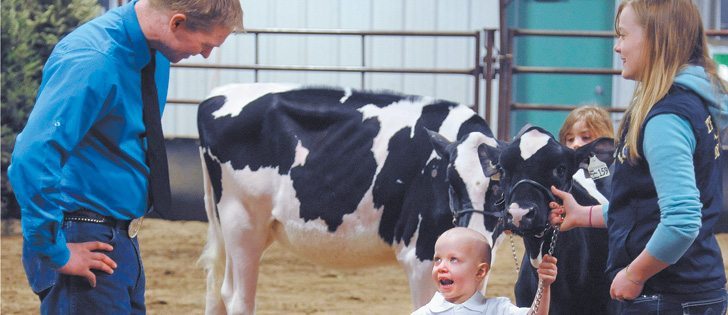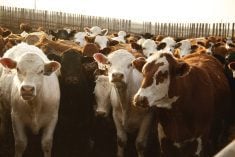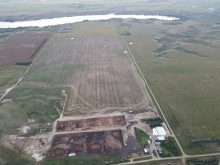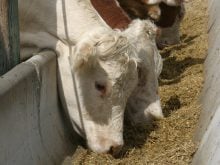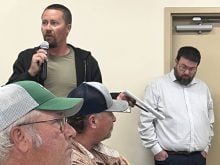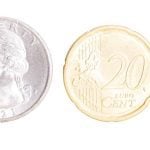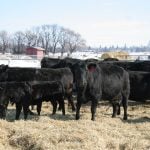Practice makes perfect, but Corban Friesen’s mother would be excused for thinking it can sometimes be taken too far.
The night before showing his Holstein calf earlier this month, the two-year-old boy was caught clipping his own hair in the bathroom of his parent’s home in Drake, Sask., much to his mother Nancy’s chagrin.
She tried blending the primitive coiffure, but decided the only option was shaving her son’s head squeaky clean.
“I guess it’s only hair and it’s a boy,” she said with a sigh.
Read Also

Lending policy still focused on primary producers: Farm Credit Canada
Farm Credit Canada said it has not changed its business practices and remains committed to supporting all producers, after a report from an Ottawa-based media outlet claimed otherwise.
On the positive side, Friesen helped clip his Holstein calf before he participated in the Pee Wee Showmanship class at the Western Canadian Livestock Expo in Saskatoon April 13-14.
Bald as a stone, young Friesen’s smile beamed as he tugged his calf around the show ring, looking up at the judge staring down. Six other children were also pulled along in the eight years and younger class.
While the number of participants in the Youth Dairy Show remained about the same as last year, the rest of the two day event was about half as strong.
Many regulars opted out of Saskatchewan’s dairy fair this year to attend the National Holstein Convention in Brandon April 18-21.
Nicole and Ian Crosbie of Caron, Sask., competed in both.
Showing cattle involves months of preparation, many hours on the road and considerable expenditures, but Nicole said back-to-back shows are also difficult for the cows.
“When you show cows, you want their udders right full of milk, so it can be hard to bag them two weeks in a row. It’s harder to get the udders looking as good two weeks in a row. If they’re fresher, it’s easier,” she said.
“Heifers, when they’re tied up and fed all day long instead of being in a pen or a corral ,can get kind of fat. You have to watch that because it’s a major disadvantage for animals to be fat in the show ring.”
Crosbie likens the best milking cows to competitors in the professional sports world.
“A dairy cow that’s producing milk is almost like a professional athlete whose metabolism is so high; they’re working so hard to produce a crazy amount of milk,” she said.
“Their body fat content is quite low and that’s what you want without being too skinny. The better condition they’re in, the more efficiently they’re producing milk.”
However, an advantage to attending back-to-back events is that animals get used to the process.
“Yesterday our cows were not as settled. The one would not lay down, which is not good and they’re not getting as much fill from eating and not making as much milk.”
The Crosbies had one day at home before they had to repack and head for Brandon.
She said premium showing conditions involve adequate preparation time for the cows.
“You’re there getting the cows to settle in. You want them to eat more because you want them to have more rib. You have to get them all clipped again during the week, wash them every day and milk them twice a day, of course.”


